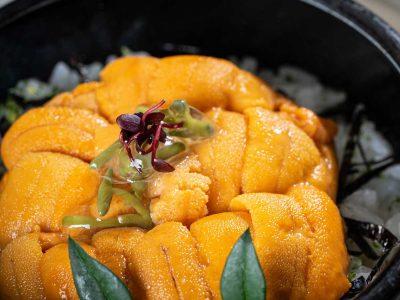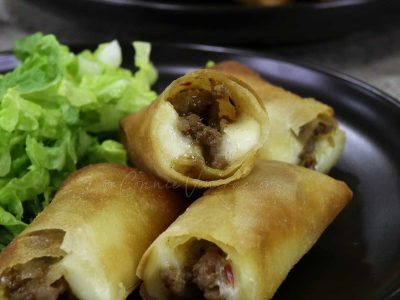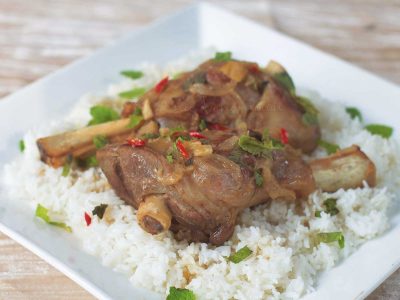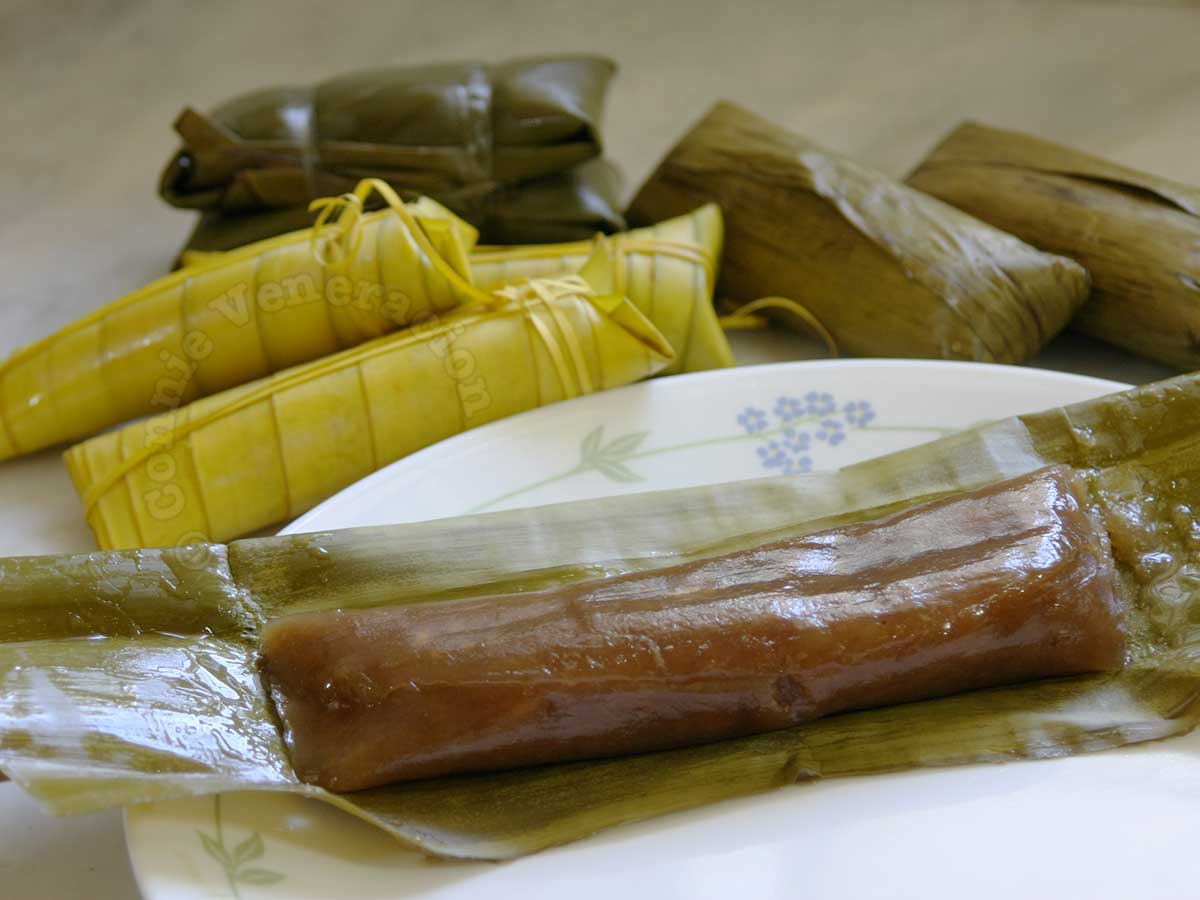
What is suman?
In very general terms, suman is a sticky rice cake formed as a round or flattened log. It is wrapped either in wilted banana leaves, coconut fronds or some other leaf before it is cooked. It is a popular snack and every region in the Philippines has one or more versions.
There are suman varieties that defy the very broad definition of rice cake wrapped in leaves. In the photo above, for example the unwrapped suman on the plate is made with cassava.
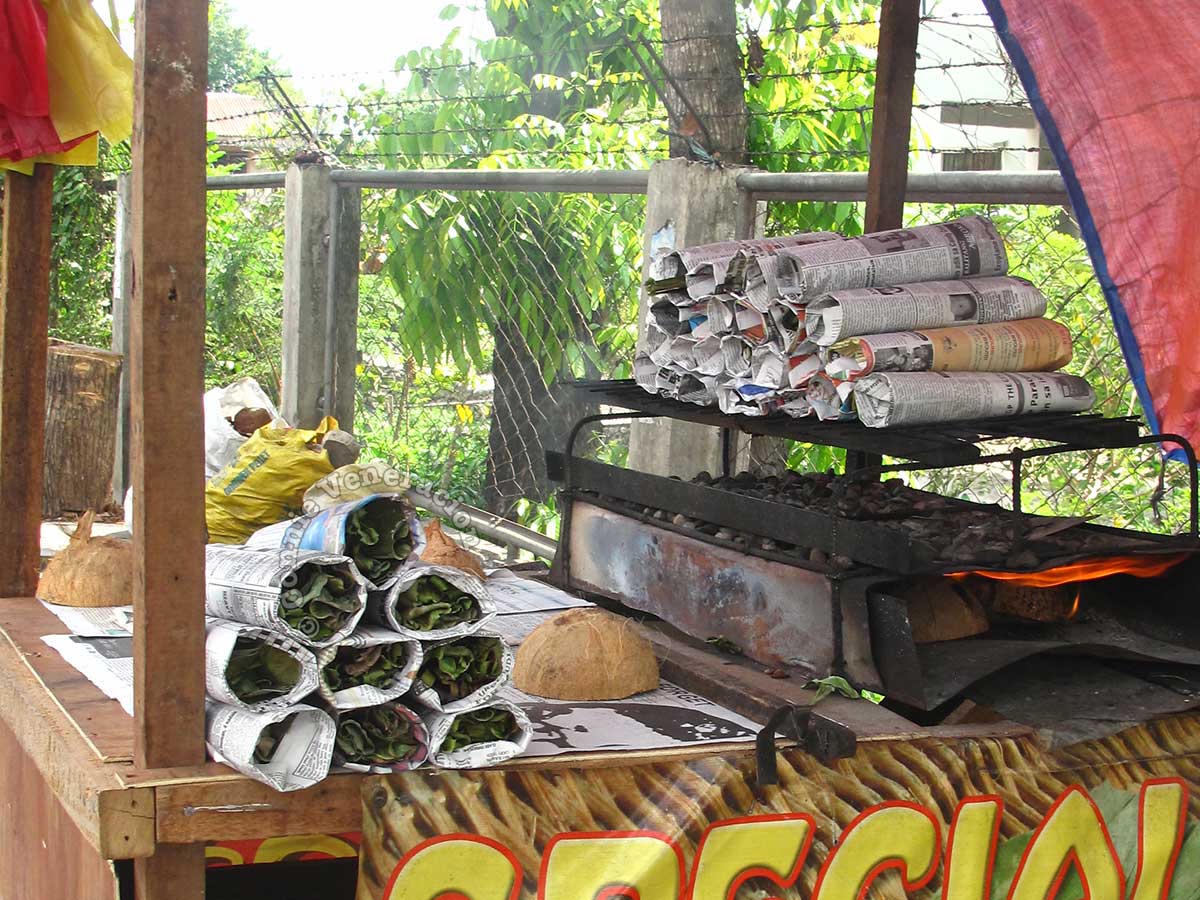
Tupig is a rice and coconut cake wrapped in banana leaves and grilled over glowing charcoal. It is ubiquitous in Pangasinan (in Central Luzon) where it is sold either in roadside popup stalls or by ambulant vendors.
How to eat suman
The most common way of eating suman is to simply peel off the wrapping and dip the rice cake in sugar or syrupy coconut jam.
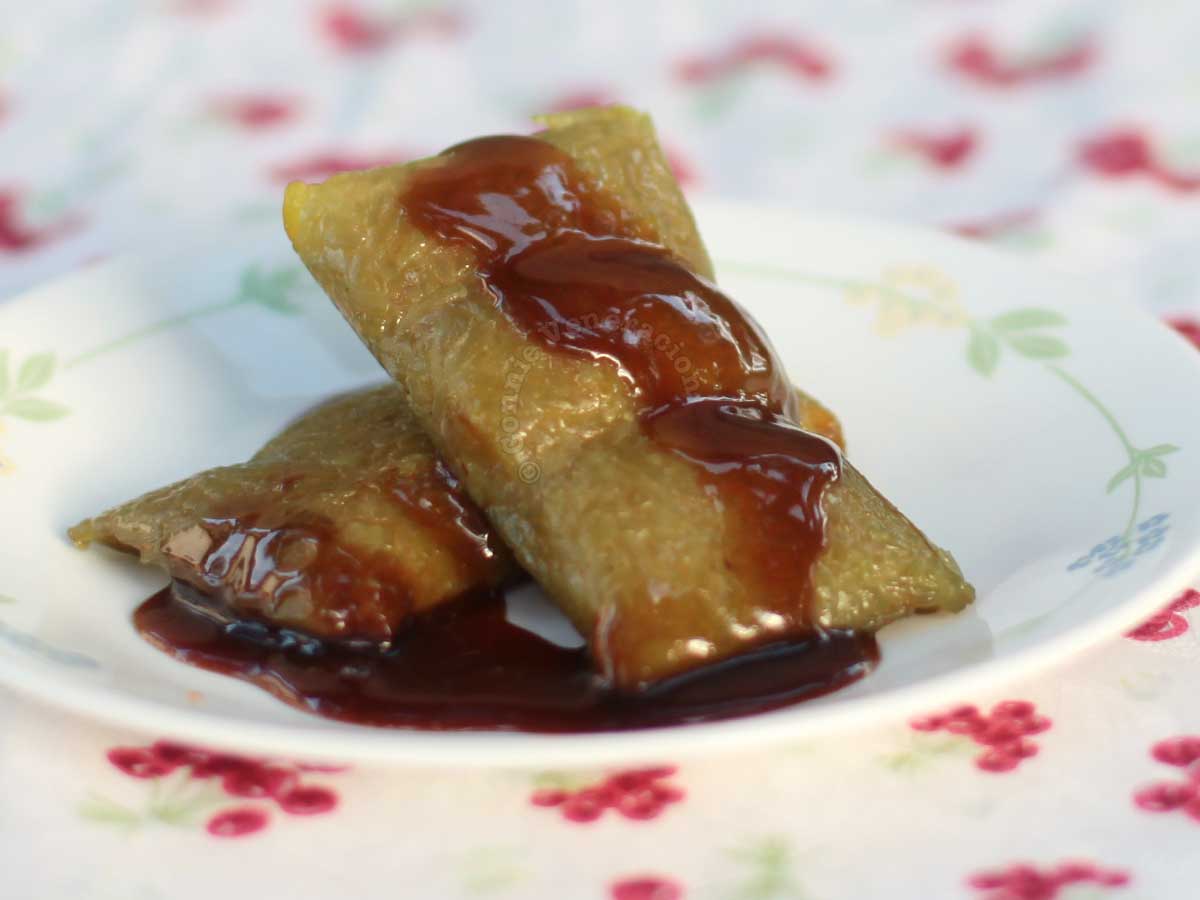
But, if you’re a tourist and the suman is served in a restaurant, it is likely to be arranged on a plate, already unwrapped, and either sprinkled with sugar or drizzled with coconut syrup.
More ways to eat suman
Suman sa ibos is the most common suman variety in the Philippines. The sticky rice is mixed with salt and coconut milk, partially cooked until dry, then ladled into molds made with coconut fronds. The wrapped and sealed rice mixture is then boiled in water until the grains are completely cooked through.
When newly cooked, suman sa ibos is simply peeled and dipped in sugar, or in a mixture of grated fresh coconut and sugar. Another popular way to enjoy it is by pairing it with ripe mangoes.
But there are far more ways to enjoy suman sa ibos.
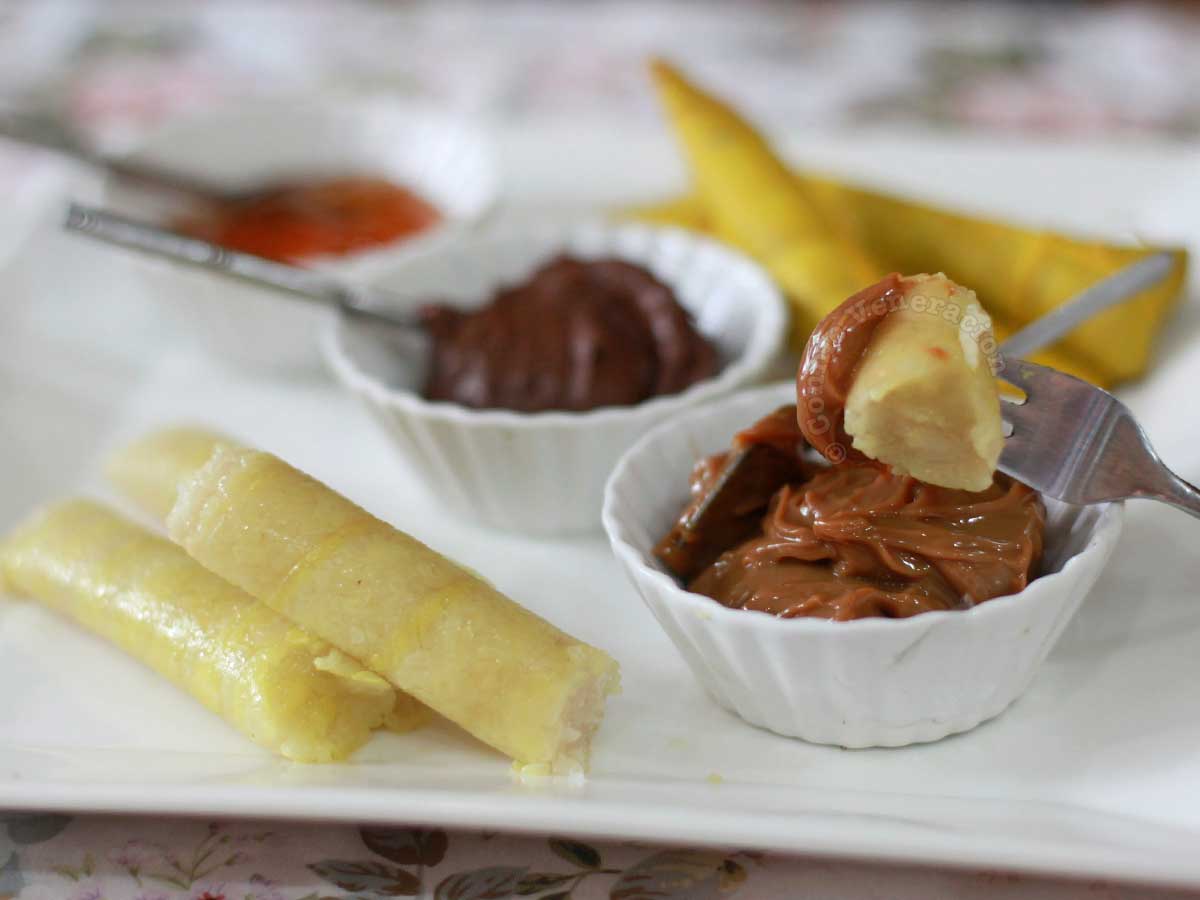
Instead of sugar, or grated coconut and sugar, try dipping suman sa ibos in salted caramel, Nutella, sweetened peanut butter or jam.
If you want to get even more fancy, try dipping pieces of suman sa ibos in chocolate fondue.
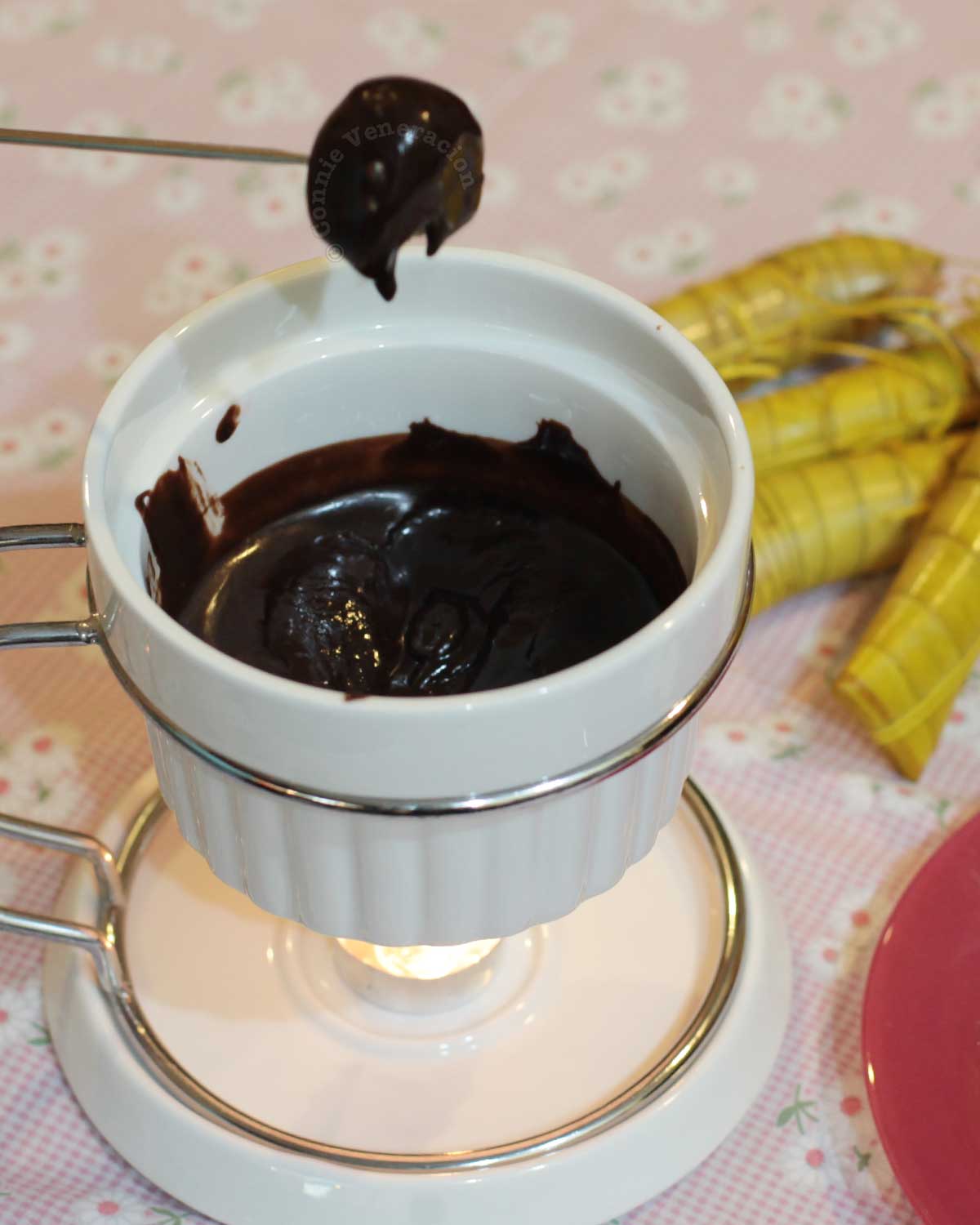
After suman sa ibos is past its prime (it’s not as soft and moist the day after), you can fry it and serve it in so many creative ways. Here are two examples.
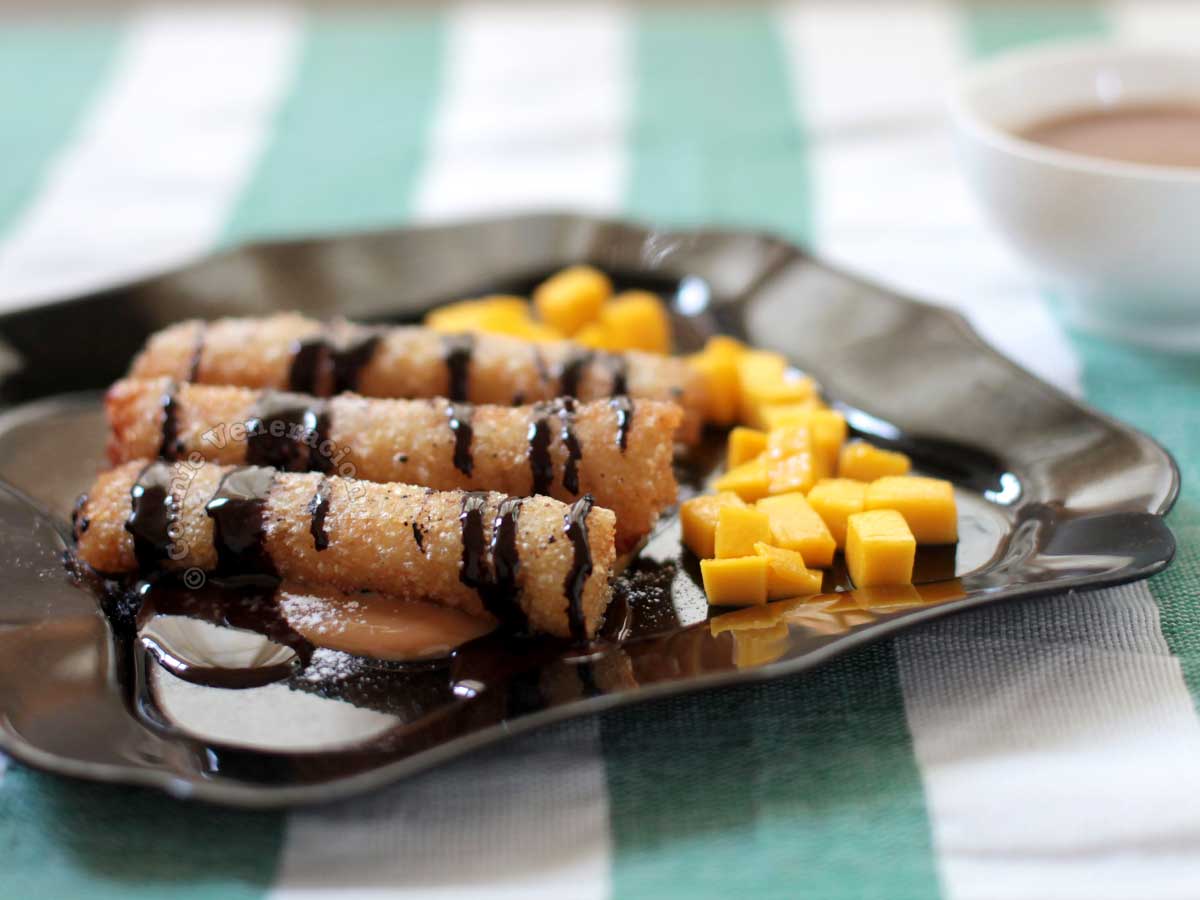
Unwrap the suman, and fry in hot oil until the surface is browned and crisp. Serve it on a bed of dulce de leche then drizzle with chocolate syrup. Sprinkling in confectioner’s sugar and serving them with cubes of succulent ripe mangoes are optional but highly recommended.
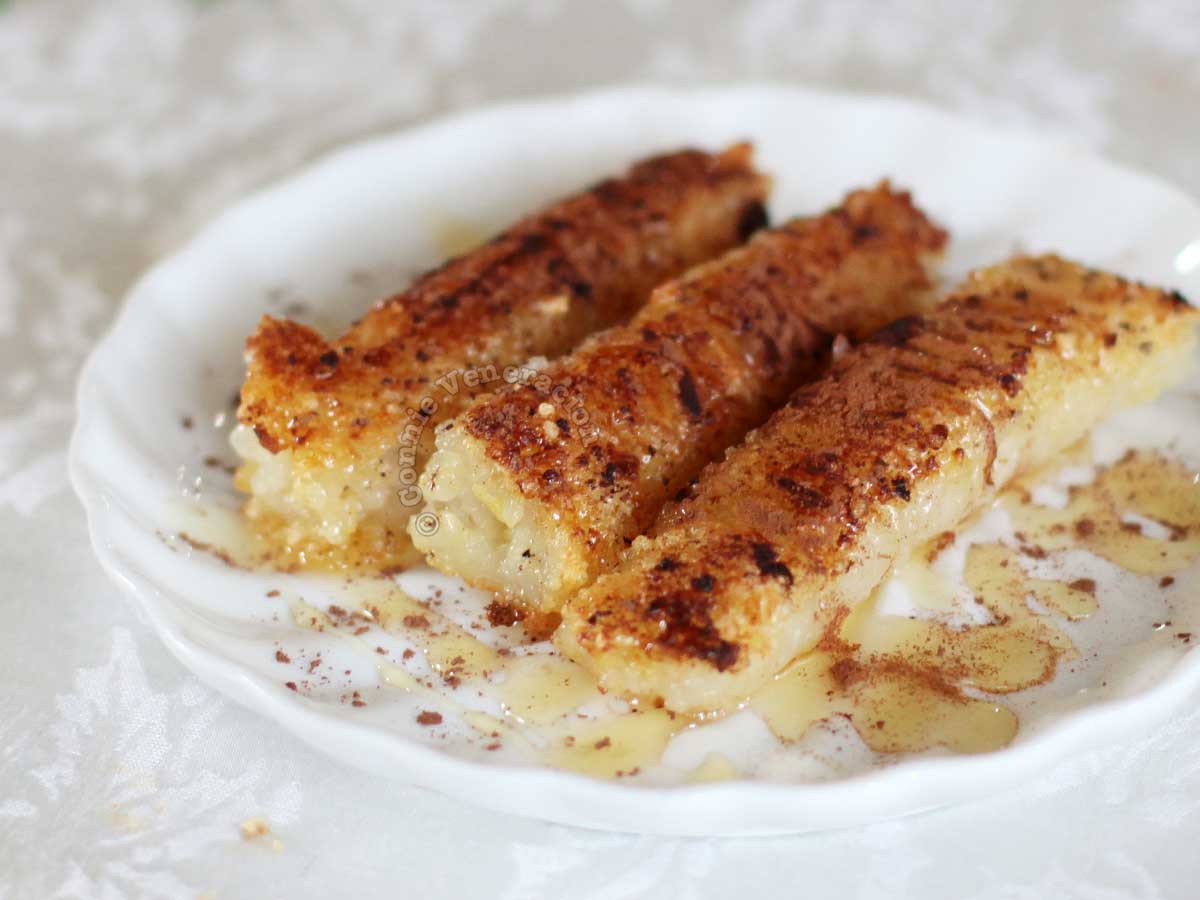
Another way is to fry the suman in hot butter, and drizzle honey over them before sprinkling in cocoa and cinnamon.

